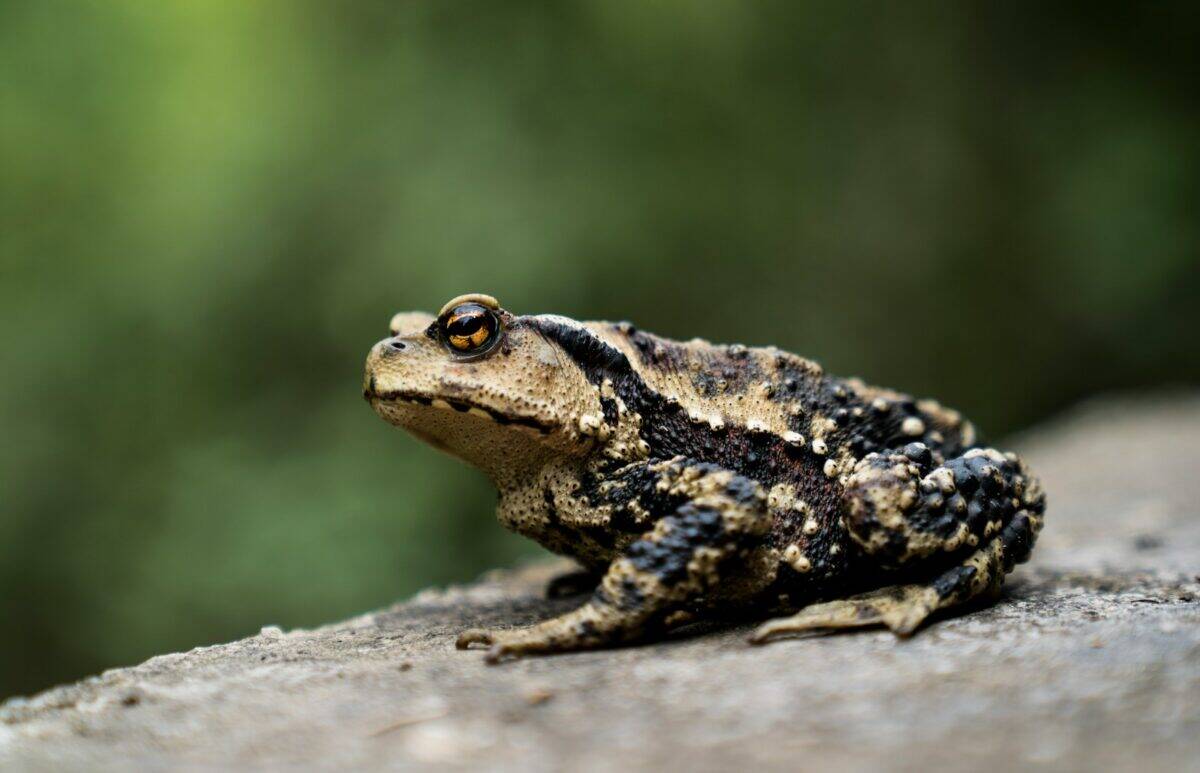In the vast theater of nature’s wonders, toads often play supporting roles, overshadowed by their more charismatic animal counterparts. Yet, these warty amphibians deserve the spotlight for their remarkable adaptations, ecological importance, and fascinating behaviors. Toads have evolved over 200 million years, developing unique characteristics that allow them to thrive across diverse environments on nearly every continent. Despite their global presence and significant contributions to ecosystems, they remain some of the most misunderstood and underappreciated creatures on our planet. This article explores why toads deserve our admiration and why their humble reputation fails to reflect their true value in the natural world.
Ecological Powerhouses: Nature’s Pest Controllers
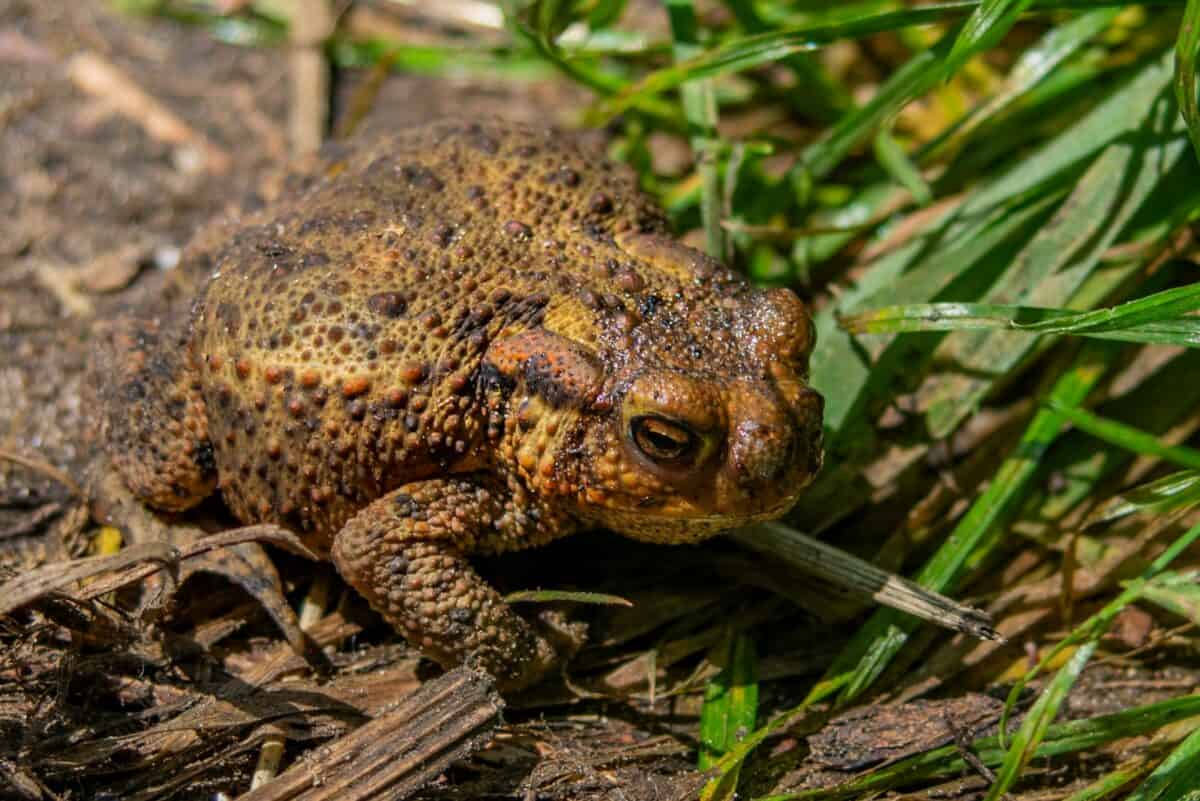
Toads serve as nature’s pest management specialists, consuming vast quantities of insects that would otherwise damage crops and spread disease. A single adult toad can eat up to 10,000 insects during a summer season, including mosquitoes, flies, beetles, and agricultural pests. This natural pest control service makes toads invaluable allies to farmers and gardeners worldwide. Studies have shown that agricultural areas with healthy toad populations require significantly less pesticide use, representing both economic savings and environmental benefits. Unlike chemical pesticides, toads target specific prey without leaving harmful residues in soil or water, making them sustainable pest controllers that have been perfecting their craft for millions of years.
Masters of Adaptation: Survival Against All Odds
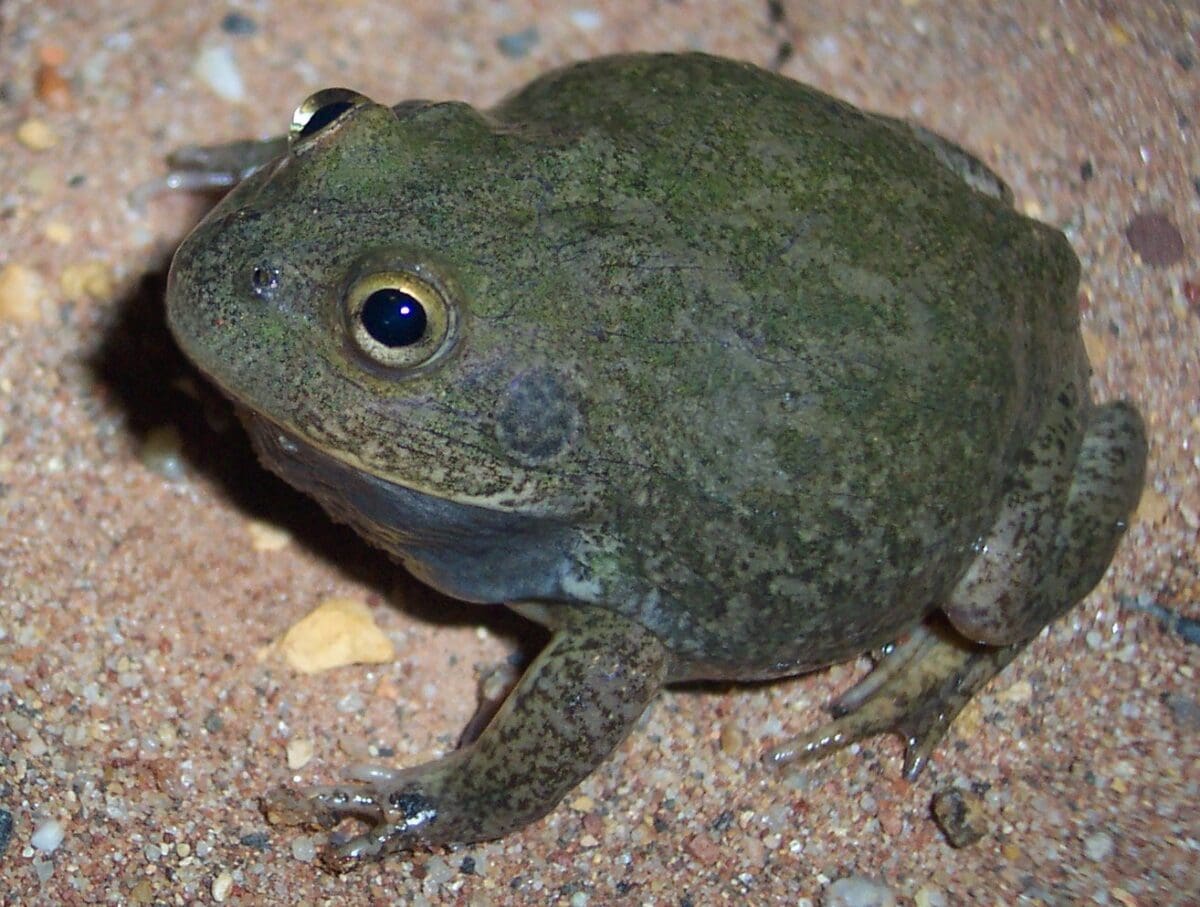
Toads demonstrate remarkable adaptability, having colonized environments ranging from tropical rainforests to desert edges. Their ability to store water in their bladders allows species like the Australian water-holding frog to survive years of drought by burrowing underground and entering a state of estivation. Similarly, the North American wood frog produces natural antifreeze proteins that protect its vital organs while allowing up to 65% of its body to freeze solid during winter. This frozen state, where the heart stops beating and breathing ceases, can last for weeks before the frog thaws and resumes normal function without cellular damage. These extraordinary adaptations represent evolutionary solutions to environmental challenges that few vertebrate species have mastered.
Chemical Pharmacies: Medical Potential in Toad Secretions
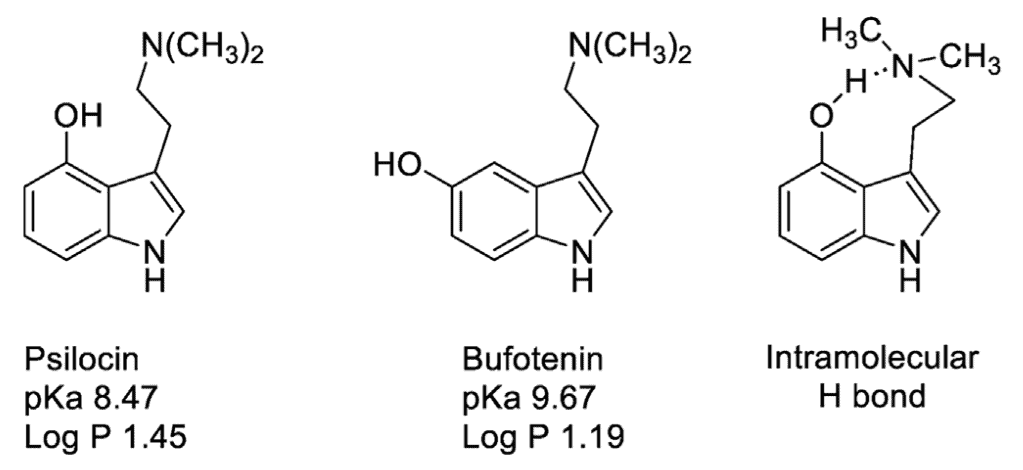
Toad skin secretions contain a complex cocktail of chemicals that researchers are studying for potential medical applications. The bufadienolides found in many toad species have demonstrated anti-cancer, cardiotonic, and antimicrobial properties in laboratory studies. One compound derived from the Chinese giant toad (Bufo gargarizans) has entered clinical trials for leukemia treatment. Another chemical from the Colorado River toad contains 5-MeO-DMT, which is being researched for treating depression and addiction disorders. While traditional medicine systems have utilized toad secretions for centuries, modern science is only beginning to understand their pharmacological potential. Each toad species may harbor unique compounds that could lead to new therapeutic discoveries, making their conservation critical for medical advancement.
Environmental Indicators: Canaries in the Ecological Coal Mine
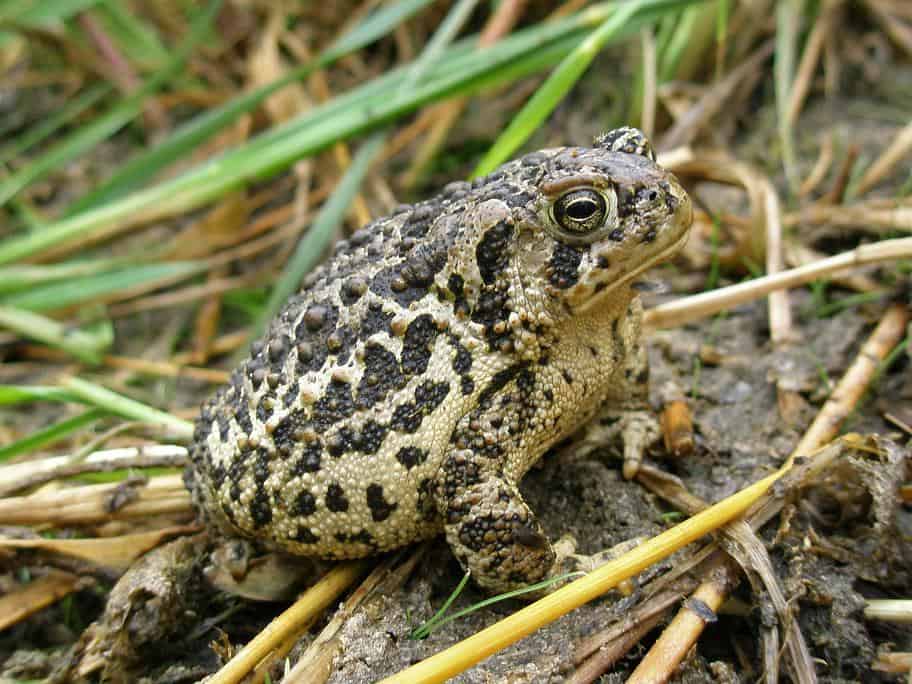
Toads serve as sensitive bioindicators of environmental health due to their permeable skin and dual aquatic-terrestrial lifecycle. Their populations often decline before other wildlife when habitats face pollution, climate change, or other disturbances. Scientists monitor toad populations to detect early warning signs of ecosystem stress, making these amphibians invaluable for conservation efforts. The global amphibian decline, which has affected numerous toad species, signals broader environmental issues that ultimately impact human health. For instance, the dramatic decline of Wyoming toads in the 1970s helped scientists identify agricultural contaminants affecting water quality. By understanding and protecting toad populations, we gain insights into complex environmental problems before they escalate to crisis levels.
Cultural Significance: Toads in Human History and Mythology

Throughout human history, toads have occupied significant roles in cultural narratives across civilizations. In ancient Egypt, the goddess Heqet, portrayed with a toad’s head, symbolized fertility and resurrection. Chinese tradition associates toads with wealth and longevity, often depicting the mythical three-legged money toad Jin Chan as a prosperity symbol. European folklore cast toads in more ambivalent roles, connecting them to both witchcraft and healing practices. Native American cultures recognized toads as rain-bringers and medicine animals. Even modern popular culture features notable toad characters, from Mr. Toad in “The Wind in the Willows” to the hypnotoad of “Futurama.” This rich cultural heritage demonstrates humanity’s long-standing, if complicated, relationship with these amphibians, whose symbolic importance often contrasts with their understated physical presence.
Parental Dedication: Extraordinary Reproductive Strategies

Some toad species exhibit remarkable parental care behaviors that rival those of many vertebrates. The Surinam toad (Pipa pipa) embeds its eggs into specialized pockets on the female’s back, where the young develop directly into froglets without a tadpole stage. The midwife toad male carries fertilized egg strings wrapped around his legs for weeks, moistening them regularly until they’re ready to hatch. Perhaps most impressive, the Darwin’s frog male guards the eggs until they begin to wriggle, then swallows them into his vocal sac where they complete development before emerging as fully formed froglets. The diversity of reproductive strategies among toads—from producing thousands of eggs with no parental care to these intensive nurturing approaches—demonstrates their evolutionary ingenuity and adaptability to different ecological niches.
Defensive Innovations: Beyond Warts and Poison
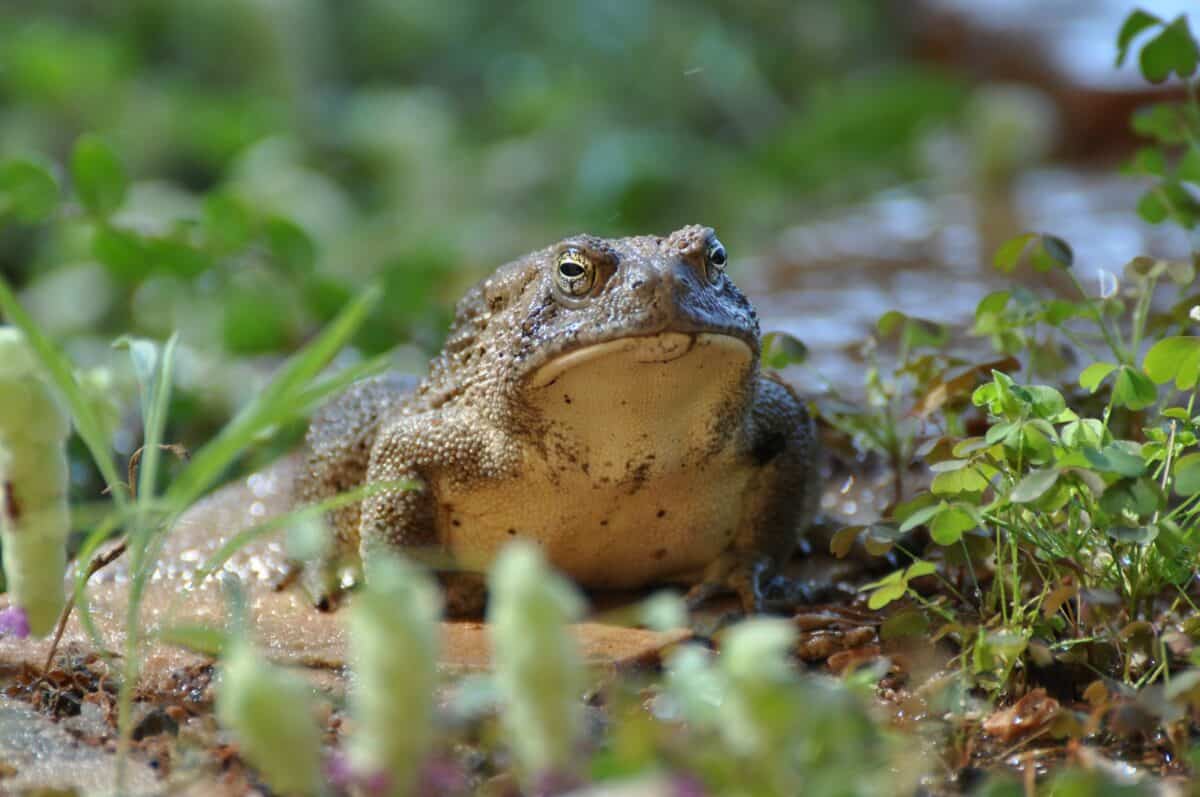
Toads have developed an impressive arsenal of defensive adaptations beyond their well-known warty skin and toxic secretions. The spadefoot toad can rapidly burrow backward into soil to escape predators, disappearing from sight within seconds. The Malaysian flying frog can glide up to 50 feet between trees using webbed feet that function as parachutes. Some desert toads inflate their bodies when threatened, making themselves appear larger and more difficult to swallow. The fire-bellied toad performs the “unken reflex” when disturbed, arching its back to display bright orange or red belly markings that warn predators of toxicity. These varied defensive strategies have evolved independently across different toad lineages, demonstrating convergent solutions to the universal challenge of survival in predator-rich environments.
Longevity Champions: Surprisingly Long-Lived Amphibians
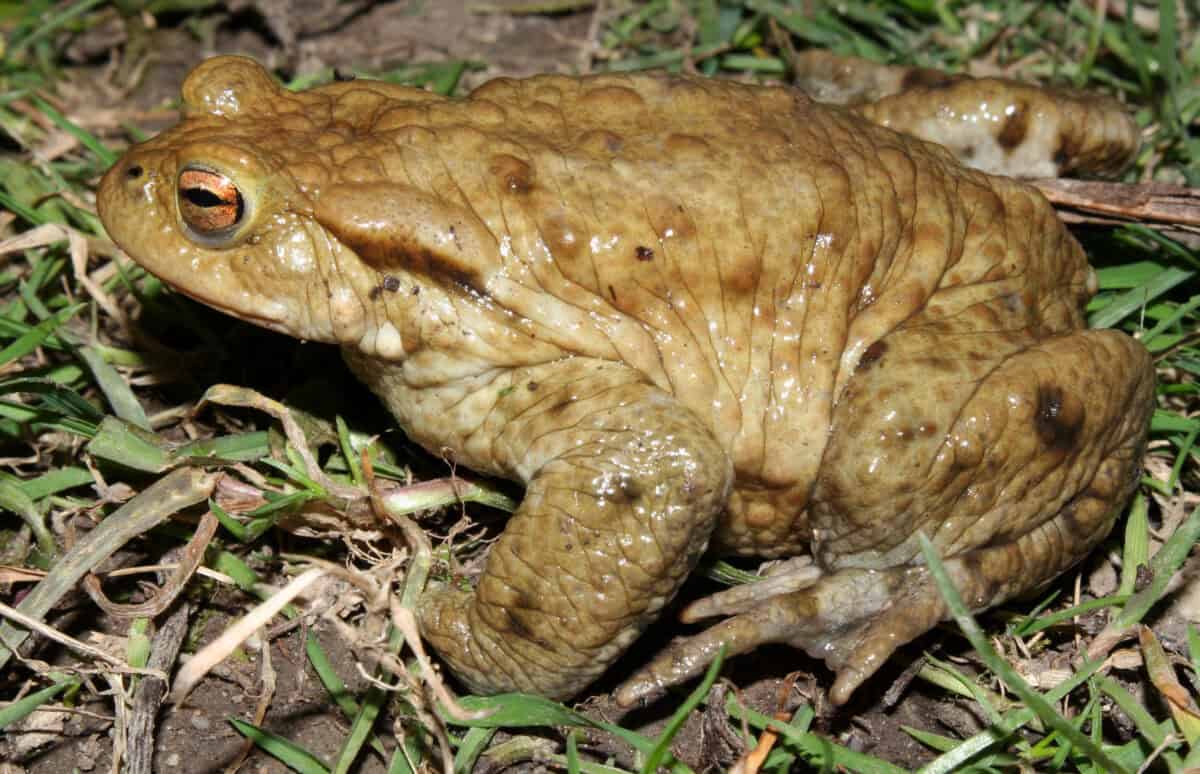
Despite their small size and seemingly vulnerable nature, many toad species demonstrate remarkable longevity that contradicts expectations for cold-blooded vertebrates. The common European toad (Bufo bufo) regularly lives 10-12 years in the wild and has been documented reaching 40 years in captivity. The American toad (Anaxyrus americanus) typically survives 5-10 years in natural settings but can exceed 20 years with proper care. This impressive lifespan rivals or exceeds that of many mammals of similar size. Researchers attribute this longevity to toads’ ability to slow their metabolism during inactive periods, reducing cellular damage from oxidative stress. Their slow growth, efficient energy use, and periodic dormancy contribute to their extended lifespans, making toads valuable subjects for aging research.
Sensory Specialists: Unique Perception of the World
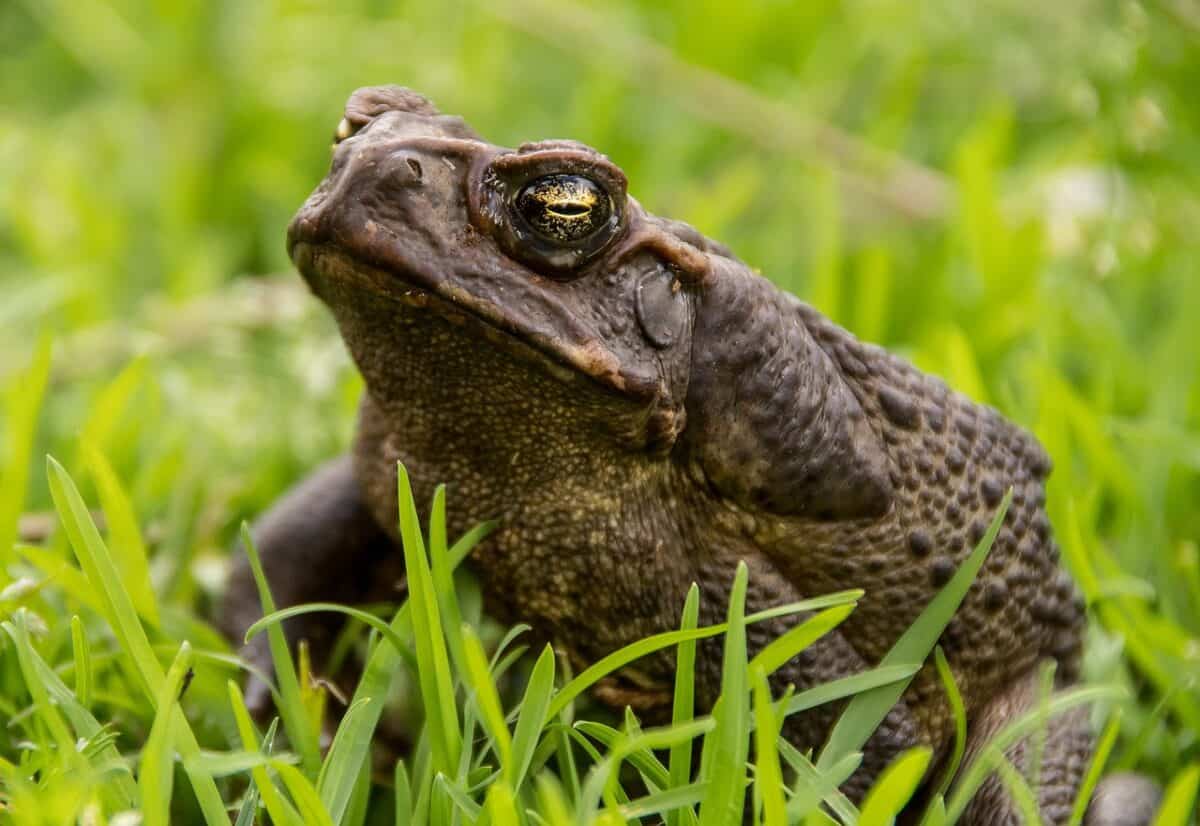
Toads perceive their environment through specialized sensory adaptations that differ significantly from human experience. Their vision is finely tuned to detect movement rather than static objects—a still fly might go unnoticed while the slightest motion triggers a lightning-fast tongue strike. Many species can see in ultraviolet light spectrums invisible to humans, helping them locate food and navigate during dawn and dusk. Toads lack external ears but detect vibrations through their skin and specialized hearing organs that connect directly to their lungs. Their sensitive skin also serves as a chemical detector, sampling environmental compounds and even sensing barometric pressure changes that predict rainfall. This multisensory approach to environmental monitoring gives toads a unique perspective on the world that science is still working to fully understand.
Vocal Virtuosos: Complex Communication Systems
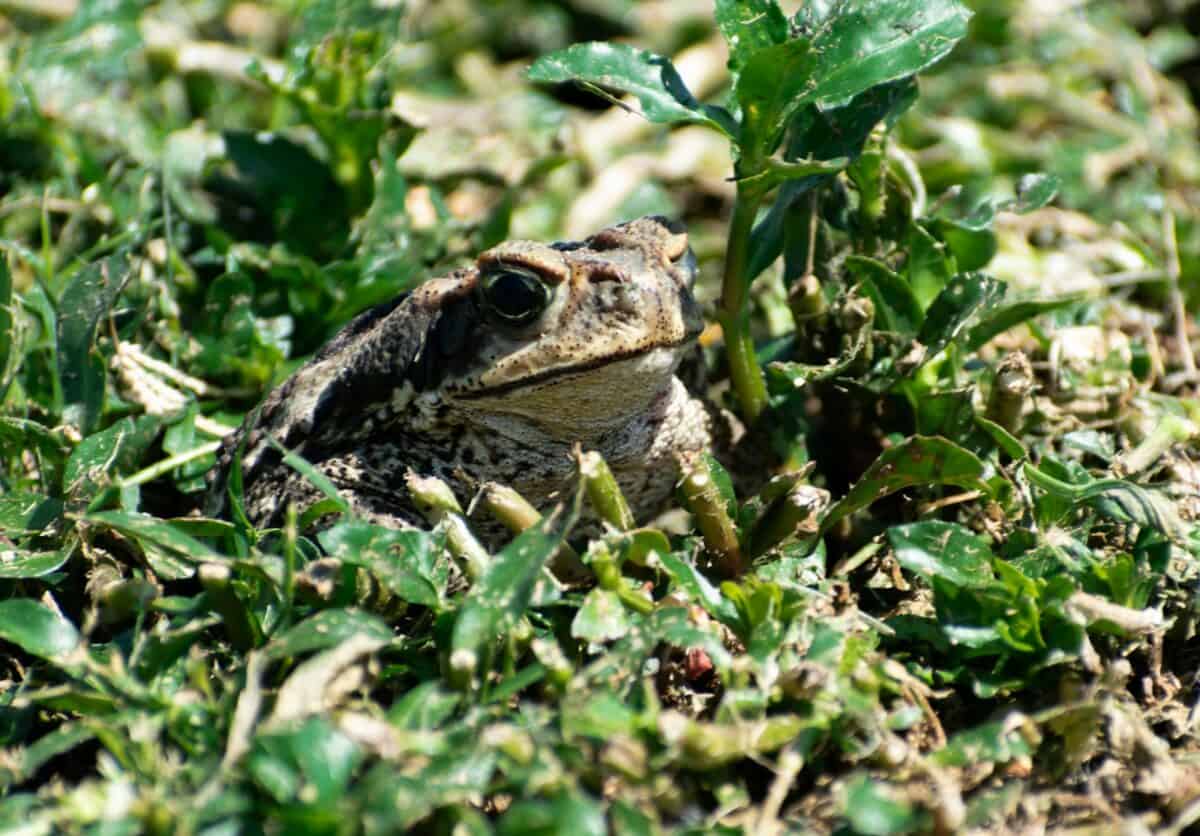
Male toads produce distinctive calls that serve as acoustic signatures unique to each species, with some tropical regions hosting dozens of toad species that can be identified by their vocalizations alone. These calls communicate not just species identity but also individual fitness, territory boundaries, and mating readiness. The American toad produces trills lasting up to 30 seconds, with each male adjusting his pitch to stand out from competitors. The Great Plains toad creates loud, mechanical rattling sounds that can travel over half a mile across open prairies. Some species even synchronize their calls in choruses that maximize acoustic impact while minimizing individual energy expenditure. These sophisticated communication systems represent complex social adaptations that help maintain population structures and facilitate successful reproduction in challenging environments.
Conservation Challenges: Threats to Toad Populations Worldwide
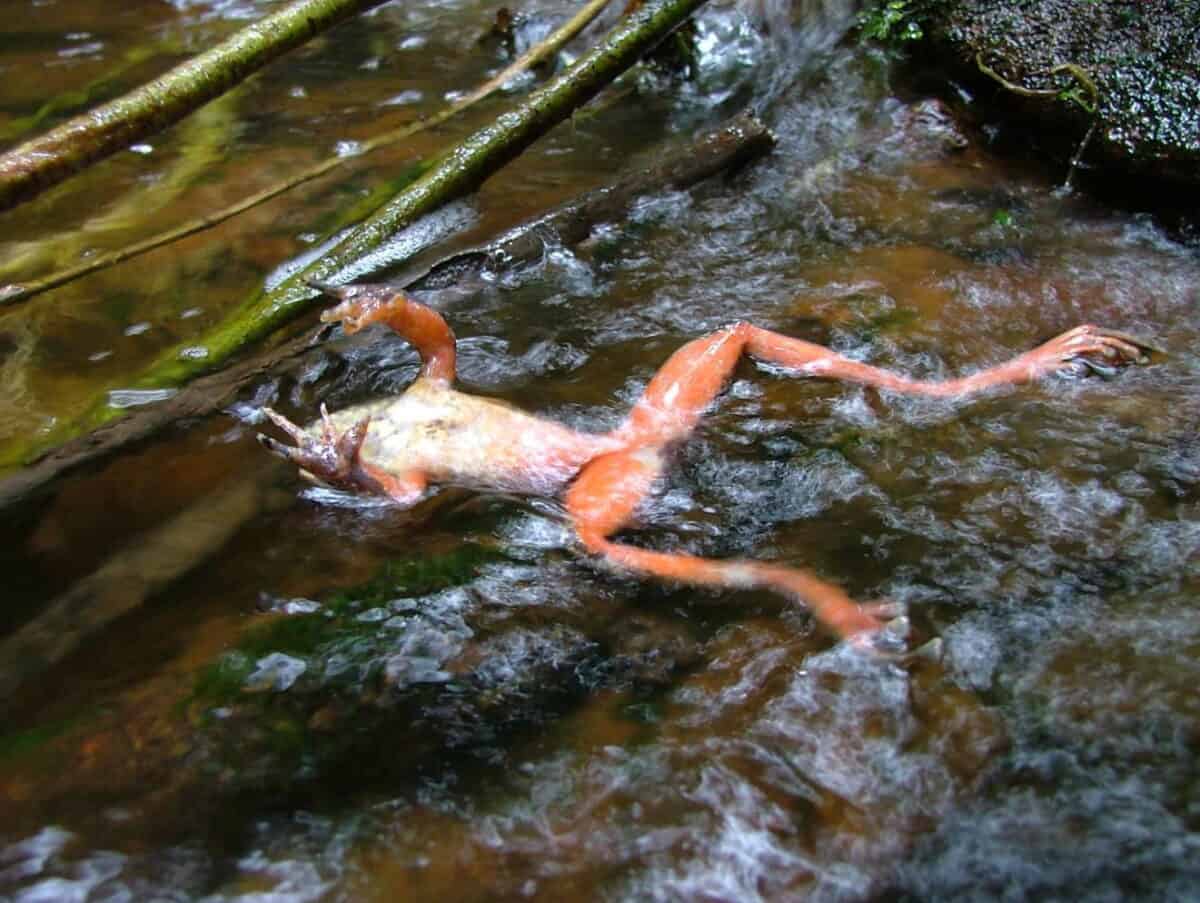
Despite their adaptability, toad populations face unprecedented threats in the modern era. The deadly chytrid fungus (Batrachochytrium dendrobatidis) has decimated amphibian populations globally, contributing to the extinction of over 90 species. Habitat destruction removes critical breeding sites, while road mortality during migration can reduce local populations by 20-50% annually. Climate change disrupts breeding timing, often causing eggs to develop during unfavorable conditions. Invasive species introduce new predators and competitors, while pollution—particularly agricultural chemicals and microplastics—compromises toad health and reproductive success. The common American toad has declined by approximately 30% across its range in the past three decades, while more specialized species have experienced even steeper population crashes. Conservation efforts include habitat protection, captive breeding programs, and disease management strategies, but increased public awareness and appreciation of toads’ ecological value remains essential for their long-term survival.
Toads represent some of nature’s most successful yet underappreciated evolutionary achievements, having survived multiple mass extinction events while continuously adapting to Earth’s changing environments. Their ecological services—from pest control to soil aeration—provide immense benefits to ecosystems and human communities alike, despite receiving little recognition. As we face growing environmental challenges, the resilience and adaptability demonstrated by toads offer valuable lessons in sustainability and biological innovation. By recognizing toads as remarkable creatures worthy of our respect and protection, rather than dismissing them as common or unappealing, we not only ensure their continued survival but also preserve the ecological relationships they maintain that ultimately support human well-being.
- America’s Most Endangered Mammals And How to Help - August 9, 2025
- The Coldest Town in America—And How People Survive There - August 9, 2025
- How Some Birds “Steal” Parenting Duties From Others - August 9, 2025

